Economists are rarely ever unanimous. But one matter on which they almost all agree is the need for carbon pricing. Their support is paying off. The principle that polluters should pay is in increasing force around the world. In an interview with the Financial Times last week, Ngozi Okonjo-Iweala, the head of the World Trade Organization, said that globally there were 78 different carbon pricing and taxation mechanisms. They cover close to one-quarter of international emissions, up from just 5 per cent in 2010, according to the World Bank.
The expansion of carbon pricing policies is welcome. They provide an incentive for polluters to shift to cleaner energy sources and to invest in green technology and efficiency. Emissions covered by the EU’s Emissions Trading System — which combines a cap on emissions with a mechanism to trade allowances — have fallen by close to 40 per cent since 2005. China is looking to expand its ETS; Turkey and Brazil plan to introduce one, too. But as more nations place a price on their carbon emissions, whether through taxes, trading schemes or indirectly via regulation, global trading tensions are also rising.
The EU’s carbon border adjustment mechanism, launched last year, is a case in point. Eventually it will require exporters to the bloc, who pay lower or no carbon prices at home, to pay a levy linked to the EU’s carbon price. The idea is to level the playing field for European manufacturers that pay the ETS. But it is already triggering complaints from trading partners — in particular, that it burdens poorer nations with additional costs and administration. Countries could levy equivalent carbon taxes at home, to avoid the border charges, but they struggle to do so politically, or think it is unfair they should have to.
Okonjo-Iweala says the answer is a global carbon price. That is logical. Aligning carbon price regimes would reduce trade frictions, and alleviate concerns around arbitrage, where heavy emitters move to areas with lower prices. Reaching an agreement on prices, let alone regulatory equivalence, at an international level, however, will not be easy — or fast. And given signs that the world is warming faster than expected, carbon prices swiftly need to grow wider, and higher.
There is a way forward. First, more governments should realise that hesitancy over carbon pricing is increasingly futile. The world is shifting away from fossil fuels, and green subsidies are expensive. Politicians can build support at home by using revenues from carbon taxes to cushion their impact, reduce debt, or raise public investment. Income from carbon pricing schemes globally surpassed $100bn last year, a record.
Second, as more countries adopt their own carbon pricing, trade distortions and threats to competitiveness will ease. Indeed, the potential additional cost of trading with the EU, has jolted others into action. Given its prominence in global trade, expanding the bloc’s CBAM to more industries, will in turn help widen the scope of carbon pricing elsewhere. The US is now exploring carbon pricing on its imports, too.
Third, however fraught, efforts to synchronise global trade and climate policy should continue. Nations will want to adopt bespoke carbon measures, but over time they can be clubbed together. Multilateral institutions can champion this bottom-up process. That means providing expertise and administrative support to developing nations seeking to develop carbon regimes, and acting as a forum to nudge the biggest economies towards alignment.
Carbon pricing is just one part of the large policy arsenal needed to tackle global climate change. But failing to build on recent momentum would be a missed opportunity.




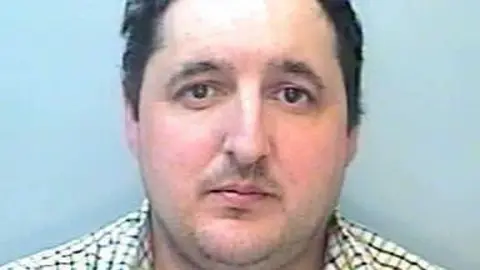
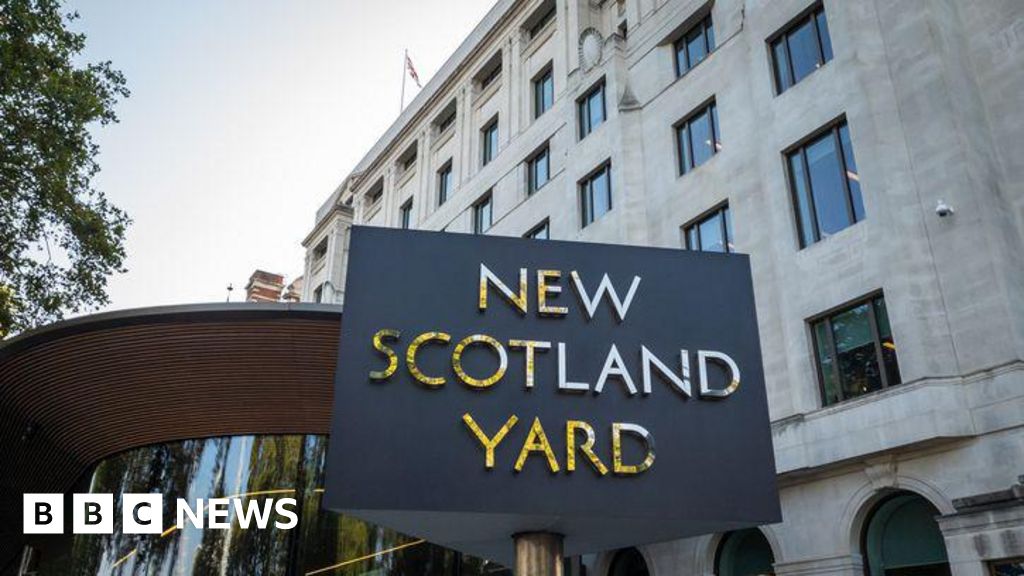
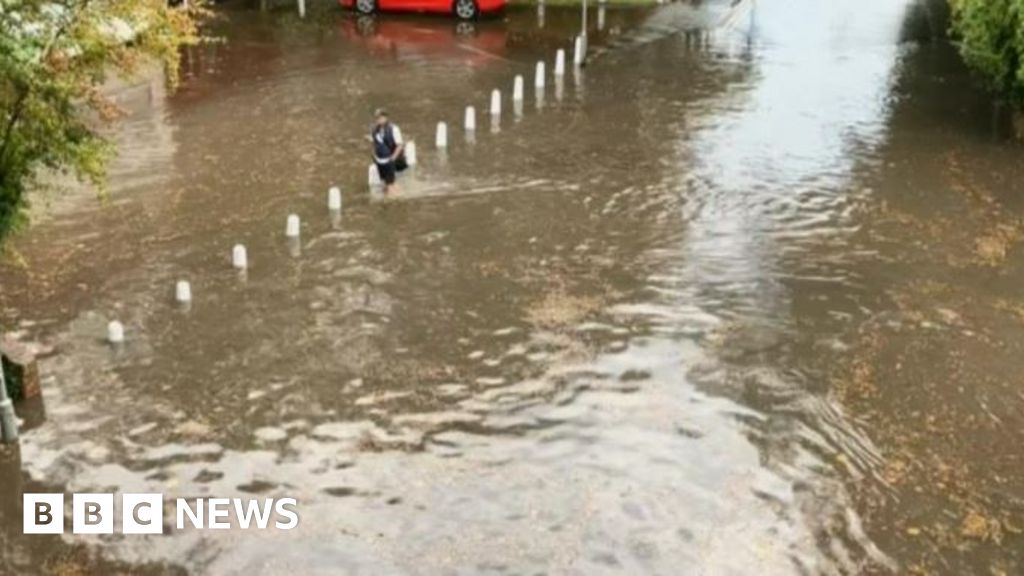
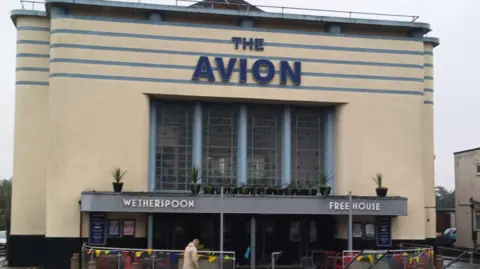
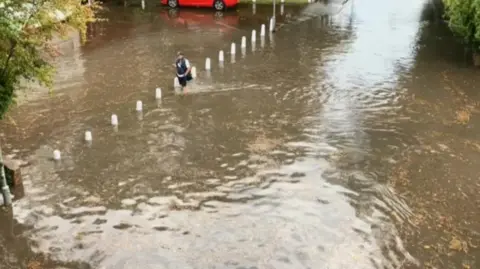
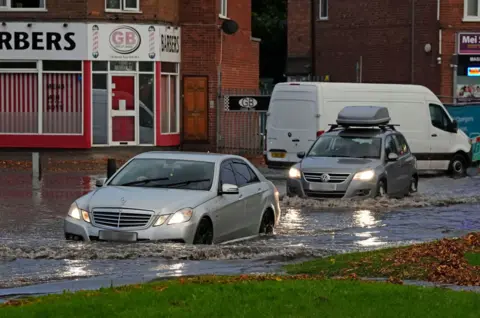

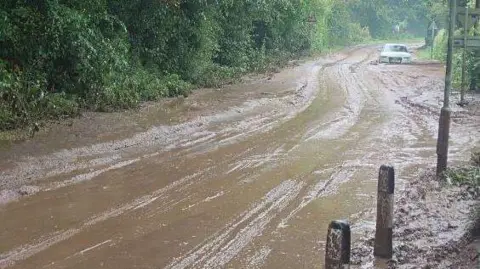


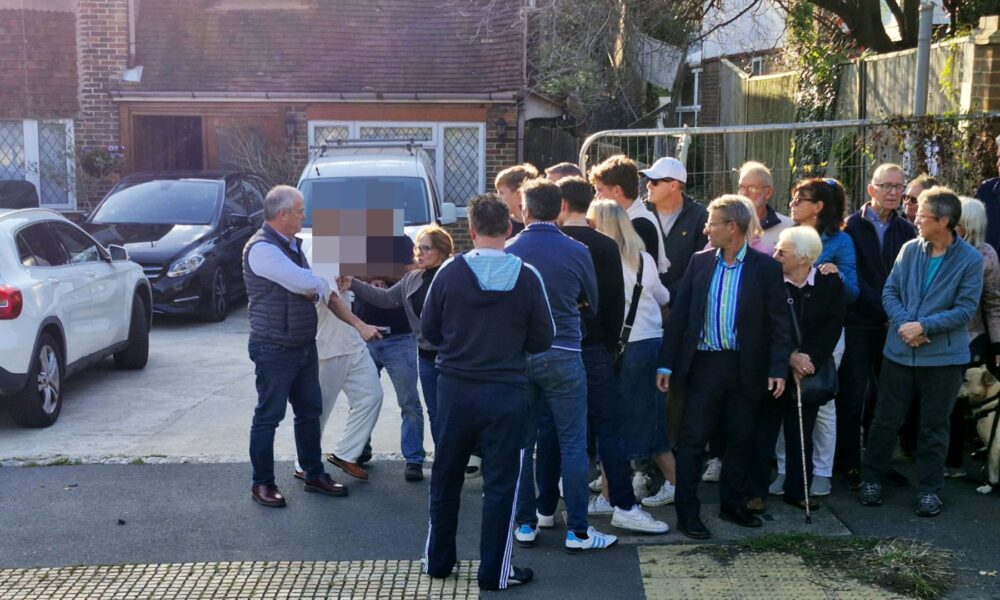





















































































































You must be logged in to post a comment Login